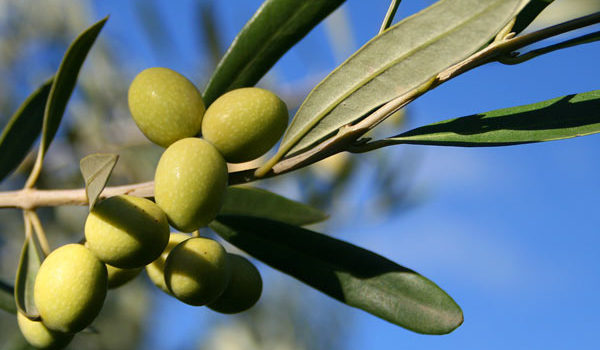
Olive Growing Guide
Olive trees (Olea europaea) have been cultivated since the dawn of human time, valued not only for the rich harvest of olives they produce, but also their visual appeal with iconic silvery-green leaves and twisted trunks . Beyond their culinary and aesthetic value, olive trees are also steeped in symbolism —most famously, the olive branch has long been a universal symbol of peace and goodwill. By planting and caring for these timeless trees, you’re not just growing a beautiful plant, but connecting to a tradition of peace and harmony that dates back thousands of years.
Olives typically thrive in Mediterranean climates, where long, hot summers and mild, wet winters are the norm. However, with the right care and attention, olive plants can add a touch of Mediterranean charm in a variety of regions, making them a great addition to home gardens, orchards, and even container culture for gardeners in USDA Zone 7 and above.
How to establish your Olive plants
Olive trees are hardy, drought-tolerant, and relatively low-maintenance, but they do require specific care, and even weather protection, during their early years to ensure strong growth and long-term success.
Site selection
Olives like a warm, protected location with 1/2 day to full sun (at least 6-8 hours). The ideal soil should be slightly alkaline and loamy, with good drainage. Avoid areas with heavy clay or compacted soil that can retain too much moisture. If your soil doesn’t drain well, consider planting your olive tree on a raised bed or mound to improve drainage.
Keep in mind that young plants can be vulnerable to strong winds and winter temperatures, which can damage the branches or disrupt the establishment of the root system. Choose a location that provides some protection from gusty winds, especially during the early stages of growth.
Pollination and Spacing
Many olive trees are self-fruitful, (except for a few specific varieties), but even if a pollinizer is not required, it will often help increase yields. Olives are wind pollinated and should be planted no more than 20 ft. apart. You can assist pollination as needed by moving pollen from flower to flower with a small brush. Pollination requirements are listed on each variety page under “Description”.
Pests and Diseases
Our olives have not shown that they are particularly bothered by pests or diseases, but one of the primary pests that can damage olive trees is scale, especially black scale. Scale are small, round insects that feed on plants by sucking out sap and leaving small wounds that are vulnerable to mold and mildew. If left untreated, the infection can easily spread! Scale can be treated with insecticidal soap or neem oil treatments. Be sure to dispose of any infested organic material in garbage bags, and always sanitize your tools after working on any infested or diseased plants.
Varietal selection
Olive trees come in a range of varieties, each with unique characteristics, including fruit size, flavor, and cold-hardiness. When selecting a variety, it’s important to consider your local climate and microclimates, intended use (whether for oil production, table olives, or ornamental purposes), and the amount of space you have available. We have notes on each variety’s page to help you make your informed decision. View our entire selection of Olive Trees here!
Using the Olive Fruit
While olives fruit is most commonly associated with oil production, even gardeners in climates where olive trees don’t produce large quantities of fruit can still utilize their harvest! If you’re growing olives in regions where the yield may not be high enough for oil extraction, you might consider brining, pickling, tapenades, or olive paste as alternatives to make the most of your crop.
As with all beings, olive trees are most vulnerable when they’re young. An established, mature plant can tolerate a much wider range of environmental factors than young plants can. Keep a close eye on your young olive after planting, and act quickly if you notice any weather or pest damage.
If you have further questions, feel free to reach out (with photos) to our customer care team at info@onegreenworld.com, and we are always happy to assist you.

Happy Growing!
